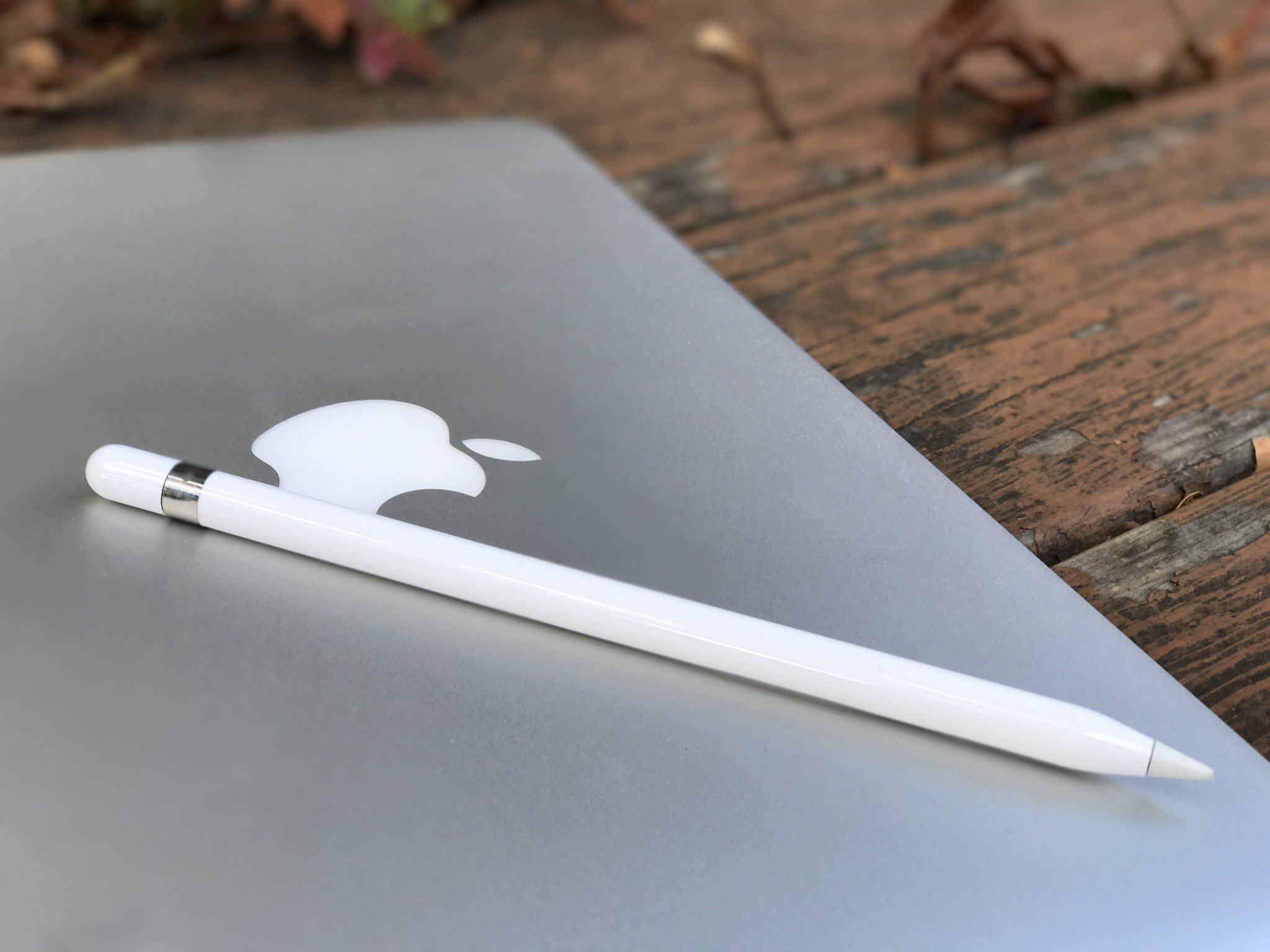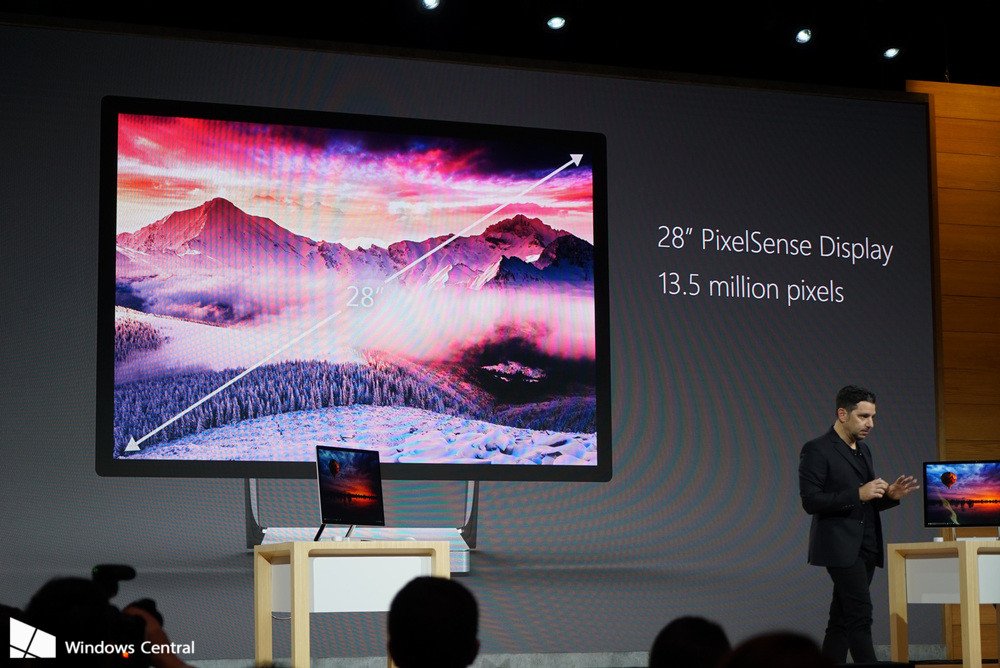The Surface Studio makes a compelling argument for a Pencil-compatible Mac

Growing up, I considered Apple the computer for creative professionals. My teachers in the film and theater industry used them. My graphic design friends used them. My musician friends had even switched over. And I, of course, used my Mac daily for video, writing, and art projects.
Today, I'm not so sure that's true anymore. That's not to say that the Mac isn't still a great computer and the choice of many creative pros, but Apple no longer appears to have the obsessive focus it once had on the high-end pro market. It's been almost three years since the Mac Pro saw an update, and a year since we saw new iMac models. Final Cut Pro X hasn't seen a proper update since February. And while Photos for Mac is a solid piece of consumer software, it's not full-featured enough for professionals.
The rise of Microsoft as creative pro advocate
So you'll have to forgive me for Microsoft's Surface Studio catching my eye during its release announcement Wednesday morning. Microsoft, long content to let third-party manufacturers take care of its desktop computing software, has made a definitive move into not just the desktop space — but the creative professional space — with its new all-in-one convertible desktop.

Yes, you read that right: I said convertible desktop. The computer may look like an off-brand 5K iMac at first, but the Surface Studio has the the same trick up its sleeve as its tablet brethren — its base hinges to let you transform the monitor into a 4K drawing tablet, replete with Surface Pen and the all-new Surface Dial, which rather looks like the love child of a Griffin PowerMate and Adobe's prototype Ink and Slide device for iPad.
Microsoft made a hard pitch for creative pros at its fall event, hitting both the requisite buzzwords and displaying legitimately intriguing hardware. For the Cintiq crowd, the promise of a 4.5K display that also happens to be a high-powered main computer in its own right — no drivers or cords or extra desk space needed — could be a tempting one, especially given Apple's recent inaction on the Mac side. Of course, that's assuming Microsoft's hardware is as rock-solid as Wacom's Cintiq line, and that creative pros want the buy-in of a Windows computer rather than ponying up $2000 for a Cintiq 22HD and configuring their own Mac or PC system.
I wonder about the first problem, but it's the second that clinches me not actually running to my nearest Microsoft Store and grabbing a Surface Studio: It runs Windows 10. I'll give Microsoft credit — Windows is a much better operating system today than it ever was when I was growing up. But it's just not an operating system I personally enjoy using. Nothing against the company or its software; I just prefer macOS.
Short of iOS magically fusing itself with macOS during tomorrow's Mac event, however, I have many doubts that we'll see a multitouch "creative pro" Mac anytime soon. There are many great arguments against a touch-compatible Mac, which I won't rehash here, but the main one is that macOS simply isn't built with touch input in mind. Contraptions like the rumored Smart Bridge touch bar on the new MacBook Pros may be a fine way to meld parts of touch operating systems into macOS, but a true multitouch Mac may never exist.
Master your iPhone in minutes
iMore offers spot-on advice and guidance from our team of experts, with decades of Apple device experience to lean on. Learn more with iMore!
Enter the Pencil
But what about a Mac with a Pencil-compatible display? Apple could get around the problems of multitouch on the Mac but still offer a huge feature for creative pros. Unlike 3D Touch on the iPhone, the iPad Pro doesn't have a pressure-sensitive multitouch screen. Instead, the Pencil works by having its pressure technology built inside the pen itself; it then communicates that information to the iPad via software-based APIs.
If Apple were to make a Mac that also offered creative pros a Cintiq-like experience, the company wouldn't have to redesign macOS or develop large-scale multitouch panels; it could instead build a convertible iMac or MacBook Pro with a Pencil-compatible screen. (Heck, non-multitouch displays would also be an extra boon for palm rejection.)
That said, for all the love I'd give such a computer, I doubt Apple's interests are particularly high when it comes to convertibles; the company seems more interested in improving the iPad tablet experience than trying to hybridize its Mac line (or force you to draw at a 90-degree angle, a torture I wish on no one). There are also other alternatives for Apple when it comes to integrating multitouch and the Pencil with the Mac, such as the aforementioned rumored Smart Bridge or third-party second-screen software for iPad Pro like Astropad.
But it's an interesting premise nonetheless — and one I wouldn't have even considered if not for Microsoft's new venture. No matter what you may think of the Microsoft Surface Studio, competition in creative pro hardware is vital for creative professionals; it's how we got tools like the Pencil and iPad Pro in the first place.
Here's hoping Apple's announcements tomorrow give professionals something else to look forward to — even if that something isn't quite a Pencil-compatible iMac.
Serenity was formerly the Managing Editor at iMore, and now works for Apple. She's been talking, writing about, and tinkering with Apple products since she was old enough to double-click. In her spare time, she sketches, sings, and in her secret superhero life, plays roller derby. Follow her on Twitter @settern.

